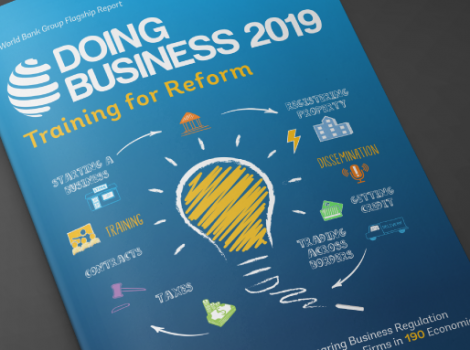
The figure wouldn’t have changed much but in 2019, some 20% of the employed population in Botswana was living below the international poverty line. The latter is the threshold that determines whether someone is living in poverty and the most widely used baseline amount is $1.90 per day. The 20% is divided into 12.0% for youth aged between 15 and 24 and 8.0% for adults aged 25 and above. These figures mark an improvement from 2010 when they were 15.7% for the youth and 10.0% for adults. In that same year, the proportion of the population living below the international poverty line was 14.5%.
The proportion of the population living below the national poverty line in 2009, the figure stood at 19.3%. Compared against the international poverty line, the national poverty line is the benchmark for estimating poverty indicators consistent with the country’s specific economic and social circumstances.
This information is from the 22nd volume of the “Indicators on Gender, Poverty, the Environment and Progress towards the Sustainable Development Goals in African Countries” report that was produced by the African Development Bank. The publication provides information on the broad development trends relating to gender, poverty, environmental issues and the SDGs in the 54 African countries. A section of the report highlights the progress being made by African countries towards the 17 Sustainable Development Goals (SDGs).
Goal 8 seeks to “promote sustained, inclusive and sustainable economic growth, full and productive employment and decent work for all.” Botswana is not doing well in terms of the annual growth rate of real GDP per employed person: from -3.2% in 2015, it dropped further to -9.8% in 2020. As a result of this and other factors, the country is also not doing well in terms of income distribution – which is skewed in favour of the rich. In 2015, 58.5% of the national wealth was in the hands of the richest 20% while the poorest 10% had to make do with only 1.5%.
Botswana has one of the highest rates of smartphone penetration in Africa. The latter might explain why the number of Internet users per 100 inhabitants has risen dramatically over the years. From 6 users (per 100) in 2010, the figure rose to 37 in 2015 and 64 in 2020. Urban population as a percentage of total population continues to grow. While it doesn’t define “urban”, the report puts the figure at 73% in 2021.
Source: https://www.sundaystandard.info/about-20-of-botswana-workers-living-in-poverty/



